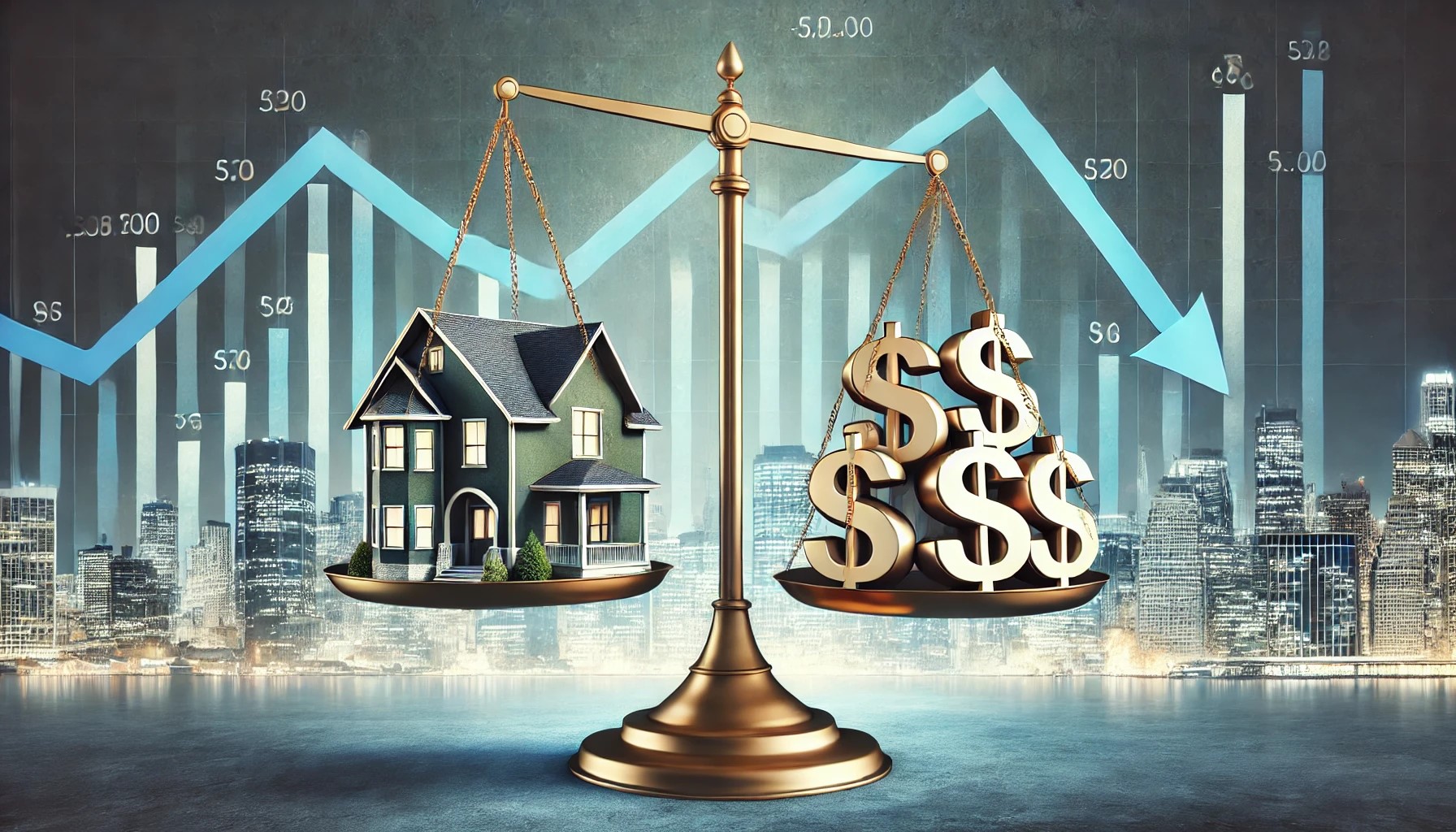
High financing costs, often driven by elevated interest rates, can have a profound impact on the real estate market. These costs influence everything from buyer behavior, housing demand, property values, and construction activity. Below, we’ll explore the key ways high financing costs ripple through the real estate sector.
1. Impact on Homebuyers
For homebuyers, higher financing costs translate directly into higher monthly mortgage payments. This often leads to:
- Reduced Affordability: Buyers can afford less house at the same budget, narrowing their choices or forcing them to delay purchasing a home.
- Decreased Demand: Elevated costs discourage first-time buyers and those upgrading to larger homes, slowing overall market activity.
- Shift to Renting: Many would-be buyers choose to rent instead, fueling demand (and higher prices) in rental markets.
2. Effect on Sellers
Home sellers are not immune to the consequences of high financing costs:
- Slower Sales: As buyers retreat from affordability concerns, properties often remain on the market longer.
- Price Adjustments: Sellers may need to lower prices to attract buyers, particularly in markets already grappling with high inventory levels.
- Reluctance to Sell: Current homeowners with low-interest mortgages may be unwilling to sell and take on a higher-cost mortgage for a new home, reducing inventory.
(As demonstrated by the significant decline in interest rates during the COVID-19 pandemic, many sellers have opted not to list their homes for sale.)
3. Builders and Developers
The construction and development sector is significantly affected by high financing costs:
- Increased Borrowing Costs: Higher interest rates increase the cost of funding new projects, making some developments less financially viable.
- Delayed or Canceled Projects: Developers may delay or cancel plans, especially in areas with slower demand.
- Focus on High-End Properties: Developers may prioritize luxury properties where profit margins can absorb higher costs, exacerbating shortages in affordable housing.
4. Commercial Real Estate
High financing costs don’t just affect residential markets; commercial real estate also feels the pinch:
- Higher Operational Costs: Businesses face higher costs for loans to purchase or lease office spaces and facilities.
- Reduced Investments: Investors may steer clear of new commercial developments, leading to stagnation in certain sectors.
- Downward Pressure on Values: Rising financing costs can suppress the value of commercial properties, particularly in sectors like retail and office spaces.
5. Wider Economic Impacts
The effects of high financing costs extend beyond individual market participants:
- Economic Slowdown: A cooling real estate market can ripple through the broader economy, affecting industries like construction, real estate services, and consumer spending.
- Shifts in Investment: Investors may redirect funds from real estate to other assets like bonds or stocks that yield better returns in a high-interest-rate environment.
Strategies for Navigating High Financing Costs
Both individuals and businesses can take steps to adapt to high financing costs:
- For Buyers: Consider fixed-rate mortgages to lock in predictable payments and explore government programs or down payment assistance.
- For Sellers: Focus on marketing properties effectively and consider offering incentives like covering closing costs or buying down interest rates for buyers.
- For Developers: Diversify portfolios and prioritize projects with lower risk profiles or strong demand.
Conclusion
High financing costs create significant challenges for the real estate market, but they are also part of broader economic cycles. By understanding these dynamics, stakeholders can make informed decisions to mitigate risks and seize opportunities, even in a less favorable environment.

 Facebook
Facebook
 X
X
 Pinterest
Pinterest
 Copy Link
Copy Link


